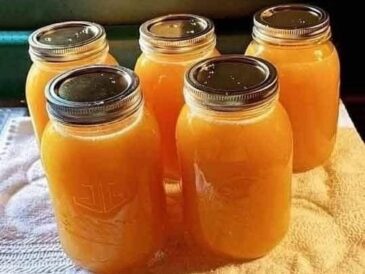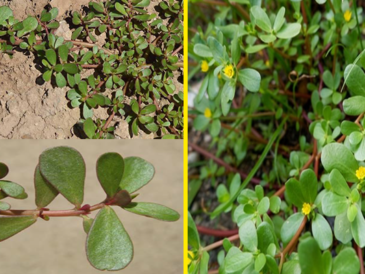Embracing rainwater harvesting is a fantastic way to conserve water, save money, and nurture your garden with a natural resource. But even the most enthusiastic green thumb can make mistakes. Here’s a guide to help you avoid the common pitfalls of rainwater collection and ensure your system runs smoothly:
Mistake #1: Choosing the Wrong Container
- Right Choice: Sturdy, food-grade plastic barrels or repurposed IBC totes (Intermediate Bulk Containers) are popular options. They should have lids and be UV-resistant to prevent algae growth. Metal containers can rust, and wooden ones can rot, so avoid them for long-term use.
Mistake #2: Skipping the Spigot
- Right Choice: A spigot at the base of your container allows for easy access to the collected water. Opt for a brass spigot with a shut-off valve for durability and flow control.
Mistake #3: Forgetting the Overflow
- Right Choice: An overflow valve prevents your barrel from overflowing during heavy rains. It typically consists of a hose attached to a fitting that diverts excess water away from your foundation.
Mistake #4: Ignoring Mosquitoes
- Right Choice: Stagnant water is a breeding ground for mosquitoes. To prevent this, ensure your container has a lid and consider adding mesh screening to further deter these pests.
Mistake #5: Letting the Location Limit You
- Right Choice: Place your rain barrel on a stable platform near your downspout. Elevate it slightly (using bricks or cinder blocks) if necessary for better water pressure when using the spigot.
Mistake #6: Winter Worries? Not Planning Ahead!
- Right Choice: In freezing temperatures, water expands and can damage your container. Disconnect your rain barrel during winter if it’s in a location prone to freezing. Alternatively, consider draining it or using a frost-proof container.
Mistake #7: Using Rainwater for Everything
- Right Choice: While rainwater is great for your garden, it may not be suitable for all purposes. Avoid using it for drinking or on edible crops if your collection system isn’t properly filtered or treated.
By following these tips and avoiding these common mistakes, you can set up a rainwater harvesting system that benefits your garden and the environment for years to come. Remember, a little planning goes a long way in ensuring your rainwater collection journey is smooth sailing!tunesharemore_vert





